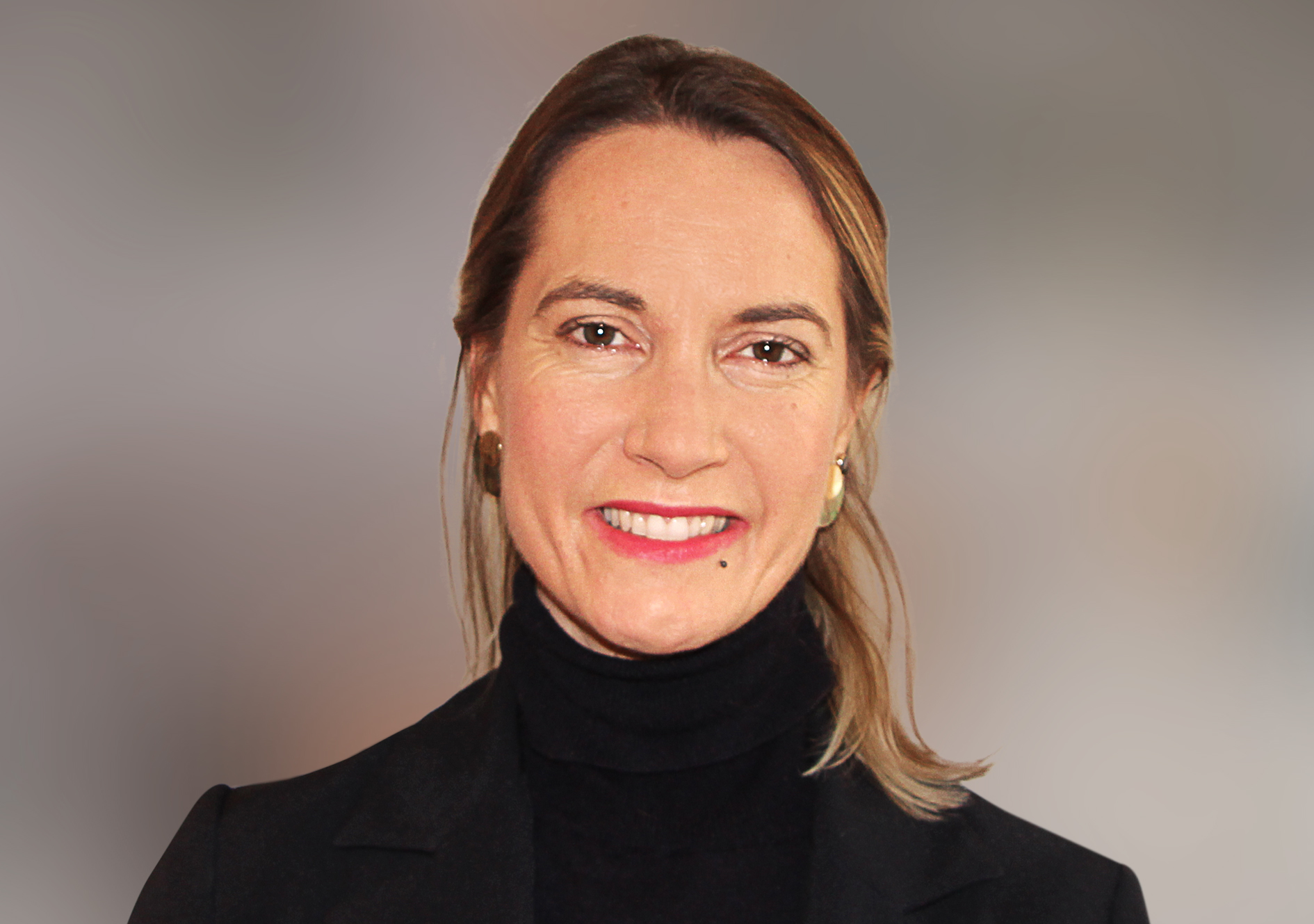Fraunhofer IAP expands expertise with new research group
Breast cancer diagnosis in real time
The development of efficient and gentle methods for the diagnosis of breast cancer based on blood is the focus of the new "Nanocellular Interactions" working group at the Fraunhofer Institute for Applied Polymer Research IAP. The group has been headed by Dr. Neus Feliu Torres at the CAN site in Hamburg since July 1, 2020. She is one of five "high potentials" that Fraunhofer was able to attract in 2019 with its "Attract" program. Using the "Liquid Biopsy" process, which she intends to develop in the LIBIMEDOTS project, it should be possible to monitor the status and course of breast cancer patients' disease in real time.

Breast cancer is the most frequently diagnosed tumor in women. Conventionally, the diagnosis is made by biopsy to clarify whether a suspicious lump is a harmless or pathological tissue alteration. The doctor removes small pieces of tissue, which are then examined in the laboratory. The result is available after about four to five days. Tissue biopsies are therefore time-consuming and do not provide real-time information on the status and course of the disease. They are also invasive, costly, painful, and can also be risky.
Liquid Biopsy - Monitoring of cancer patients
For this reason, the research team around Dr. Neus Feliu Torres wants to develop novel "liquid biopsy" methods as non-invasive alternatives in the LIBIMEDOTS project. They are intended to obtain information about a cancer disease - usually from a blood sample. The circulating tumor cells (CTCs) in the blood are enriched and evaluated with regard to special tumor markers (cell typing). In the future, this should offer continuous monitoring of the disease and, for example, provide information on whether a therapy is successful or needs to be adapted. The method could also be used for the early detection of cancer in the future. So far, however, liquid biopsy-based tests are - with a few exceptions - not yet standard procedures.
So far, the accumulation of CTCs in the blood has been achieved by binding magnetic nanoparticles to the surface of the tumor cell. However, the magnetic particles take up space there, which is then lacking to detect tumor markers on the cell surface. The full potential of cell typing is therefore sacrificed at the expense of enrichment.
The Aim: Significantly higher labelling rate of tumor markers
The LIBIMEDOTS project will also use magnetic nanoparticles, but not on the surface of the tumor cells. “We want to develop magnetic nanoparticles that can be endocytosed by tumor cells. This way, the entire potential of the cell surface for the detection of tumor markers is retained," explains the chemist and medical scientist. "For subsequent cell typing, we will use fluorescence-labelled nanoparticles, with which up to 18 different markers can be detected by means of flow cytometry in a multiplex procedure. An important basis of this project will therefore be the development of both surface modified magnetic nanoparticles and fluorescence-labelled said Feliu Torres.
Within the LIBIMEDOTS project, she closely works together with Prof. Ramon Alvarez-Puebla, a leading expert on spectroscopy from the Spanish Rovira i Virgili University. He is also a pioneer on developing Liquid Biopsy methodologies and marker detection. With him, Dr. Feliu Torres already has close collaborative projects ongoing, as well as with Prof. Klaus Pantel from the Medical Center Hamburg-Eppendorf, who is specialized in Liquid Biopsy from the medical side. Together, the three experts build a very strong team, which has the power to advance and develop Liquid Biopsy methodologies.
An idea becomes an innovation
Dr. Feliu Torres started her research work at the beginning of July with a new working group at the Fraunhofer Center for Applied Nanotechnology CAN, a research division of the Fraunhofer IAP in Hamburg. Prof. Horst Weller, head of CAN, is very pleased: "With her versatile expertise in nanomaterials for biomedical applications, Ms. Feliu Torres is an excellent addition to our activities in the field of nanoparticles. We are very happy that we were able to win her for the Attract program". With the Attract funding program, Fraunhofer offers highly qualified researchers the opportunity to develop their ideas in an application-oriented manner at Fraunhofer.
Born in Catalonia, she studied chemistry at the University of Barcelona and the Royal Institute of Technology in Stockholm. She received her doctorate in medical sciences from the Karolinska Institute in Stockholm and completed numerous international research stays. Most recently, she worked at the University of Hamburg as a research assistant and group leader.
Last modified: